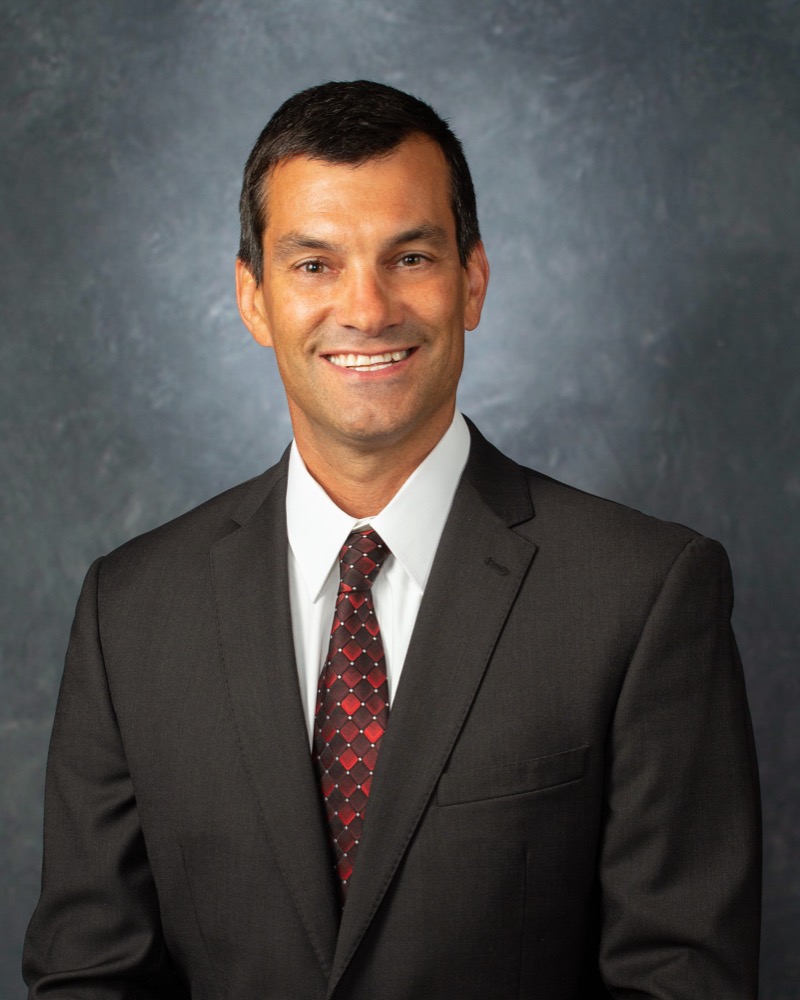New York's Scaffold Law Covers Much More Than Traditional Construction Work
September 1, 2022
Much has been written through the years about New York Labor Law Section 240, commonly referred to as the “Scaffold Law.” This is a labor law section that holds property owners and general contractors absolutely liable for injuries suffered by a worker that falls from an elevated height or is struck by a falling object due to improper safety equipment.
The law has been the subject of great debate as opponents argue the law drives up the cost of construction projects and insurance premiums, and may disproportionately impact women and minority-owned businesses.
Proponents of the Scaffold Law maintain that it provides protection for workers involved in ultra-hazardous work, and the law is critical to ensure proper safety provisions are in place to prevent catastrophic injury.
Validity of the law aside, what is interesting is how many potential cases that are covered under Section 240 of the Labor Law go unreported because people don’t understand the rules and how the law applies to a variety of workplace accident scenarios. There are two primary points of confusion that leads to this:
Worker’s Compensation. Many workers simply assume if they are injured on the job, the matter is handled as a worker’s compensation claim, and they have no other remedy or recourse. This is a very common misconception among injured workers. In actuality, several sections of the labor law, including the Scaffold Law, allow injured workers to recover compensation for pain and suffering, lost wages, medical bills, and other resulting expenses, in addition to their worker’s compensation relief.
Injury Not Covered. The scaffold law is often written about and discussed as though it applies solely to construction workers on building projects. That isn’t true, but the belief that it is may keep many other eligible workers who have been injured on the job from seeking their rightful compensation in the event of a fall from an elevated height. The Scaffold Law, and other labor law sections, cover many workers that would not necessarily consider themselves in the construction industry. The law generally requires that the work being done is on a commercial property, and that it entails the erection, demolition, repairing, altering, painting, cleaning or pointing of a building or structure. The law certainly covers workers in the construction industry and trades, but it protects other workers as well. A few examples include:
- Painters. Though they often work hand in hand with construction workers, painters may not realize they are covered under section 240. If a painter is working on a commercial property at an elevated height and falls, suffering an injury, he or she is likely covered under 240.
- Cleaners. Cleaning work that is not merely routine maintenance may also be covered under the Scaffold Law if the work involves working at an elevated height. Workers that could have protection under 240 include window washers, duct cleaners, power washers, and construction cleaners, to name a few.
- Cable TV/Satellite Installers.
Cable or Satellite television installers are often required to work on ladders or access the roof to run wiring through the building. Because of the location the owner wants the televisions, the installer may need to drill through the ceiling, roof, or concrete wall on the property in order to run the new wiring, and in doing so, falls and is injured. The work required for the job may amount to a modification or alteration of the wall within the building significant enough to warrant coverage under 240.
- Plumbers and electricians. Plumbers and electricians are covered if the work is part of the erection, demolition or alteration of a building or structure if the installation of pipes or electrical components requires working at an elevated height, and a resulting fall and injury occurs while performing the work.
As you can see, what is often thought of as a straight forward protection for construction workers injured in a fall from a scaffolding or roof, is anything but. New York Labor Law Section 240 has a lot of nuances and elements that are open to interpretation and could apply to a wide array of work scenarios. This can lead to injured workers losing the opportunity for money damages for pain and suffering or wrongful death.
If you or someone you know is injured on the job, don’t just assume it is a simple workers compensation claim (although it could be). Give me a call. We can discuss your unique situation and make sure you are fully informed so you don’t lose out on your proper compensation.
Harry J. Forrest is an attorney with Gross Shuman PC. He practices in the areas of civil litigation, business counseling and long-term disability claims and appeals. He has successfully handled cases in both federal and state courts and has tried cases to verdict involving claims for personal injury, property damage, contract disputes and constitutional civil rights violations. You can contact him at 716-854-4300 ext. 225 or hforrest@gross-shuman.com


